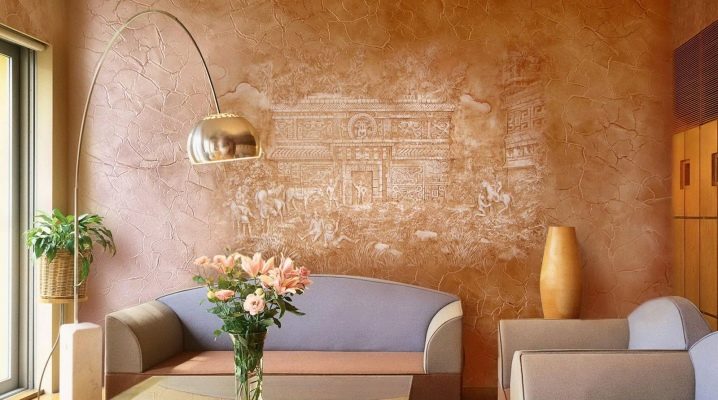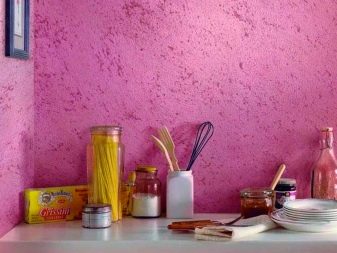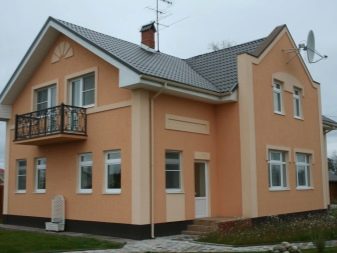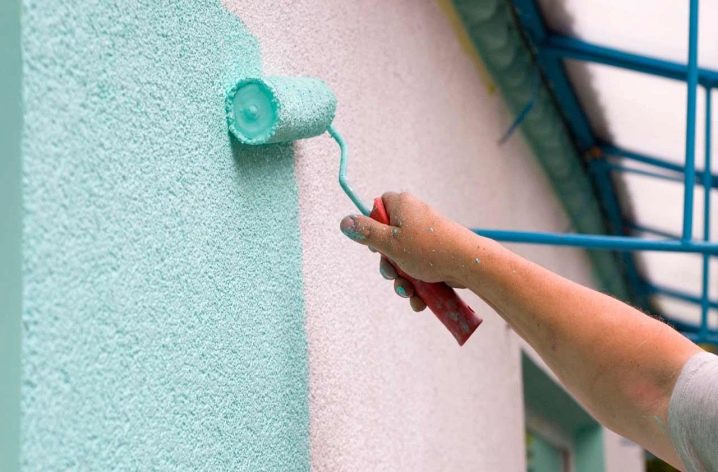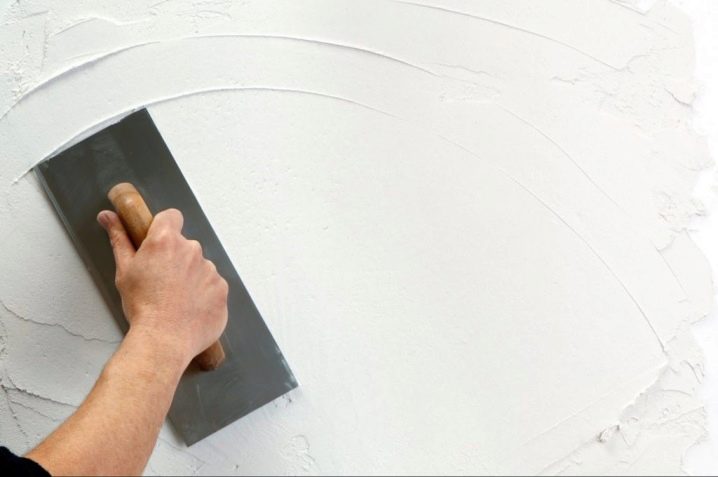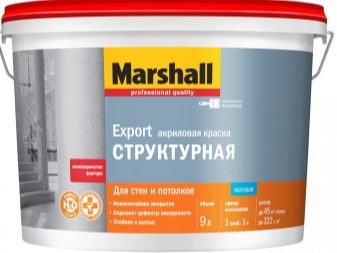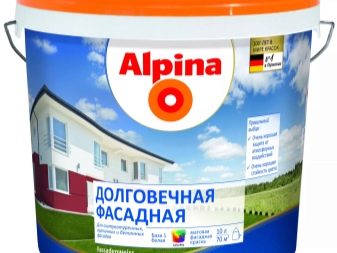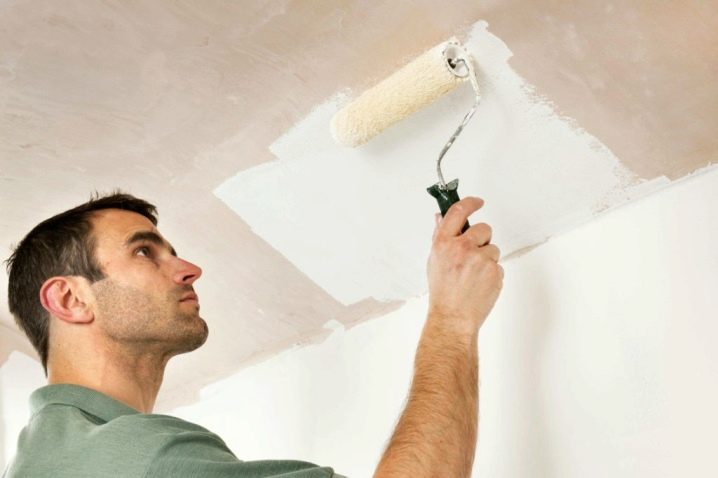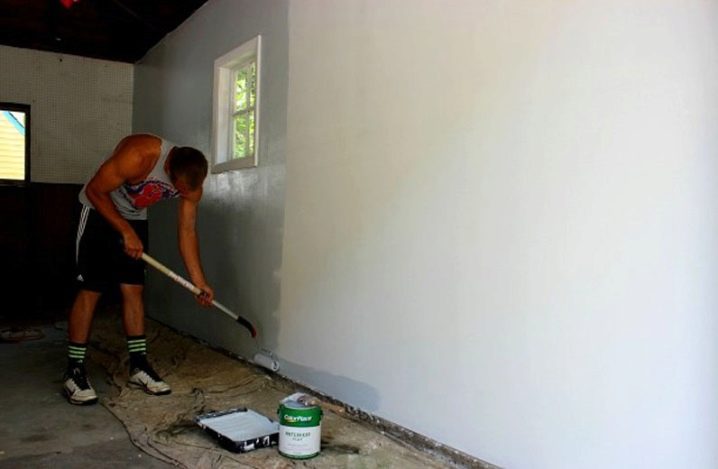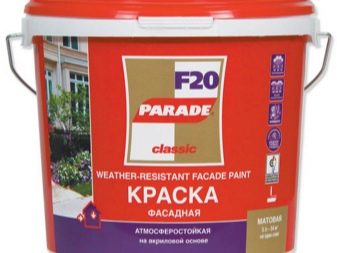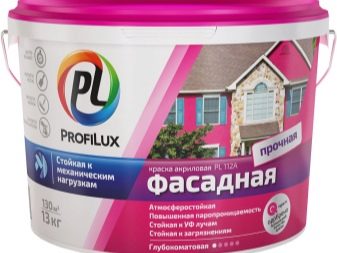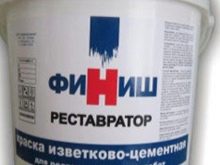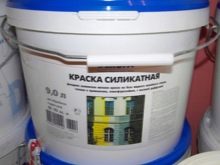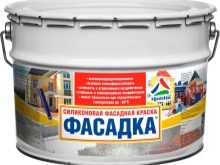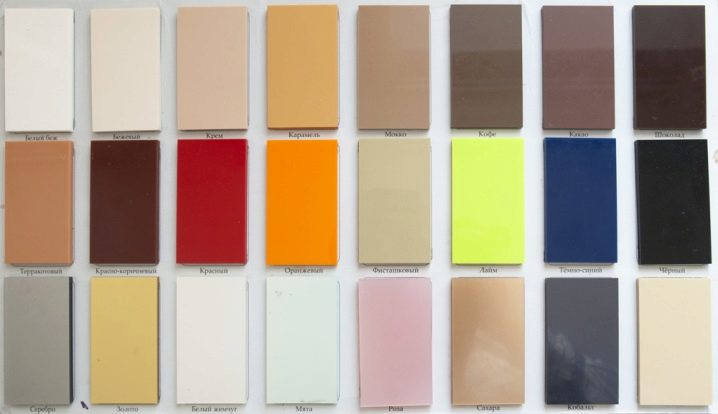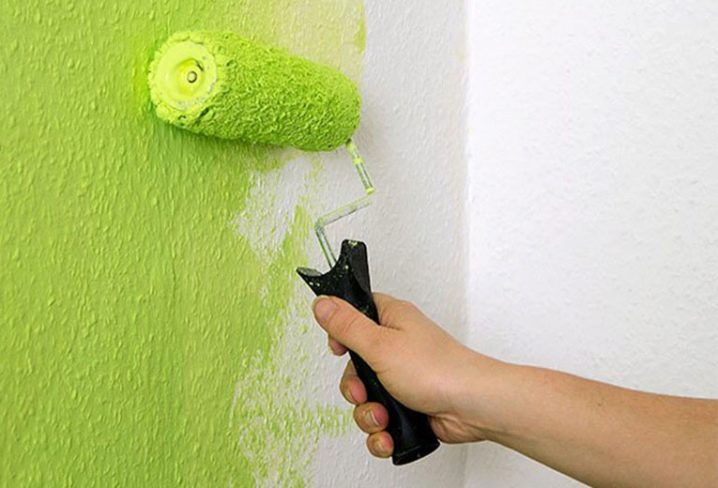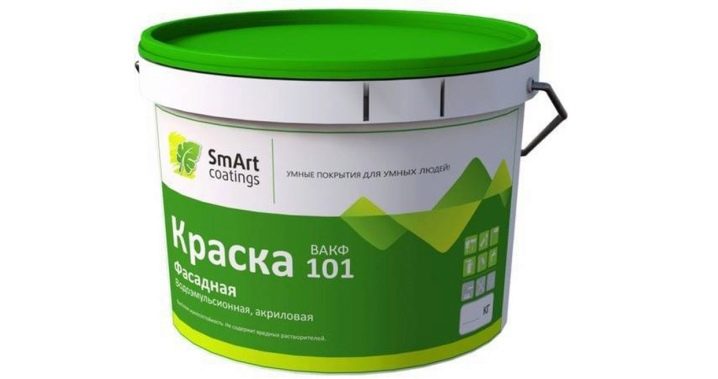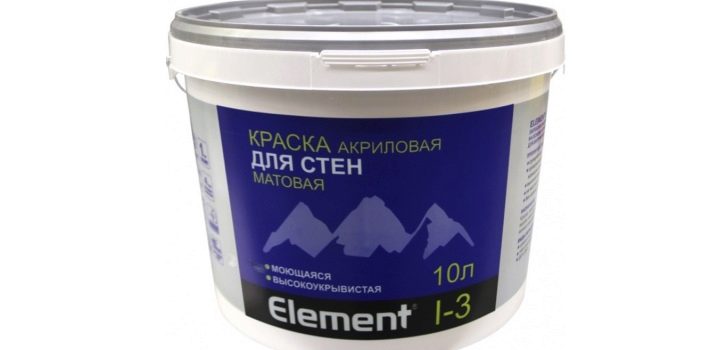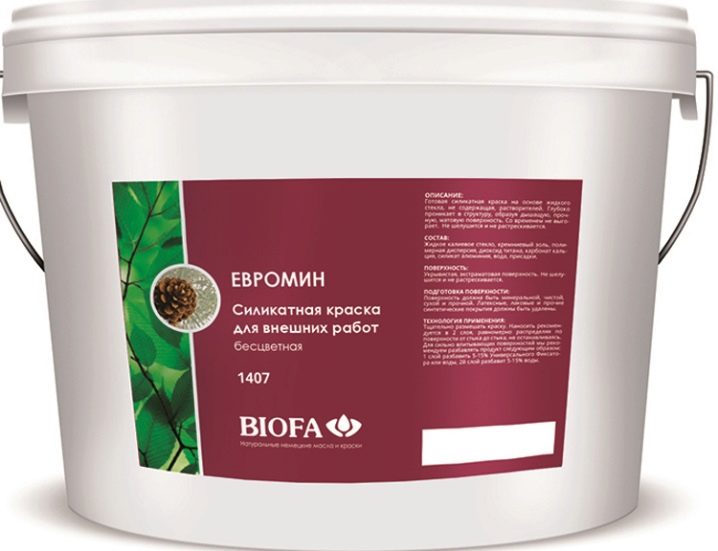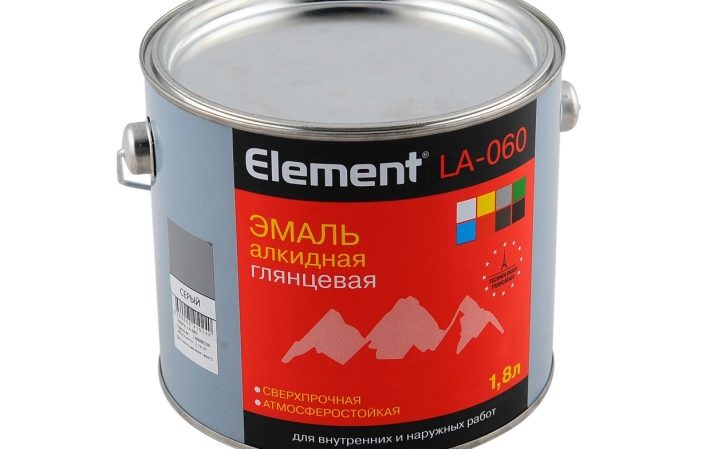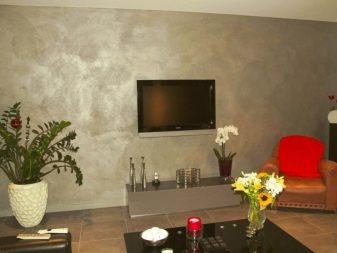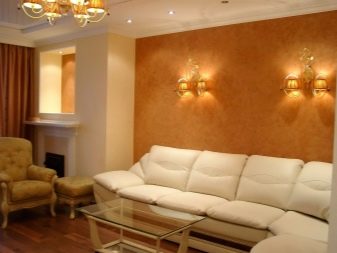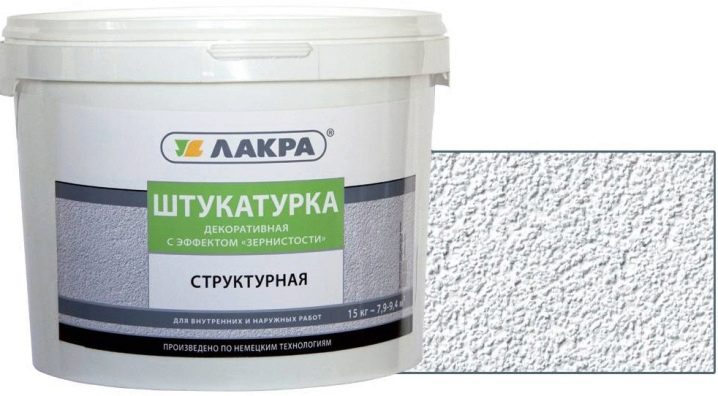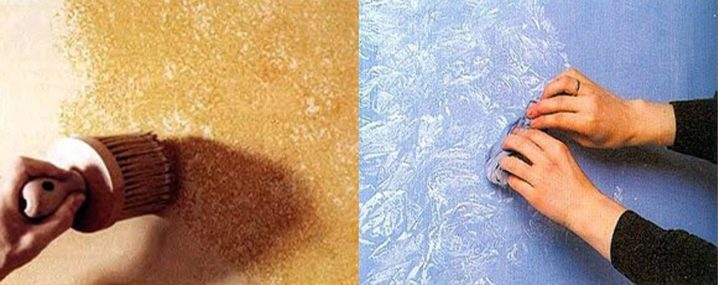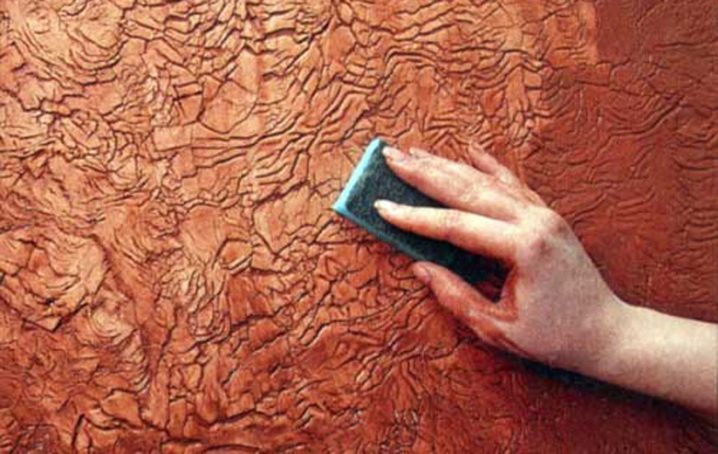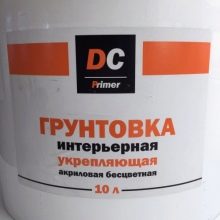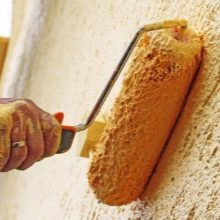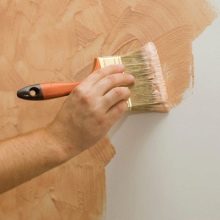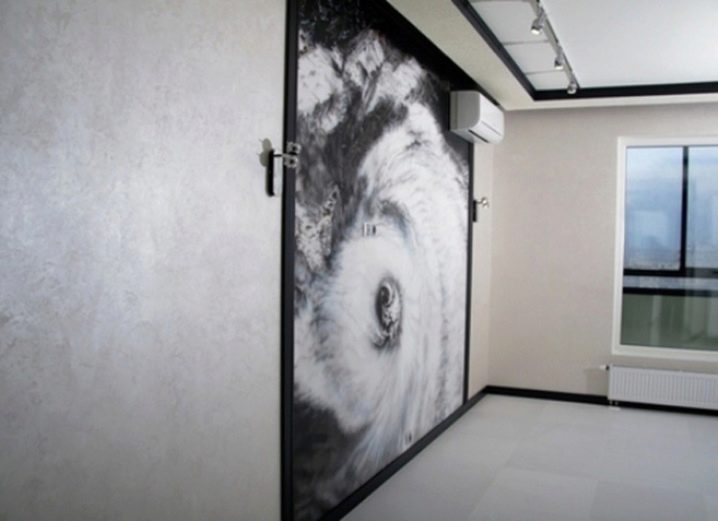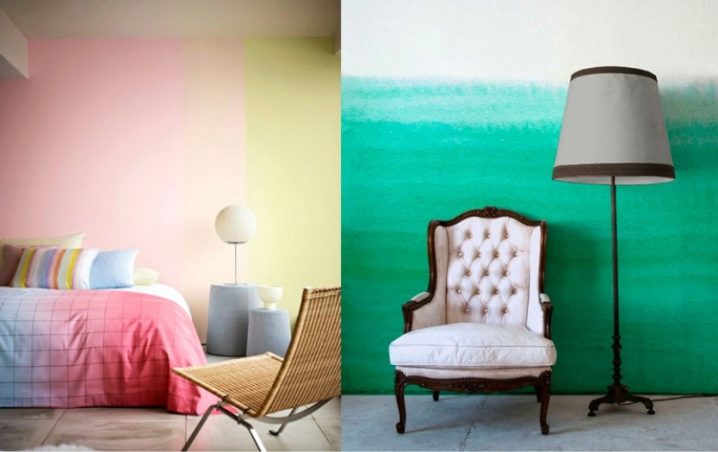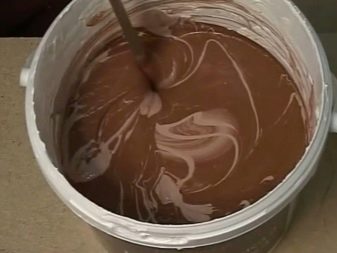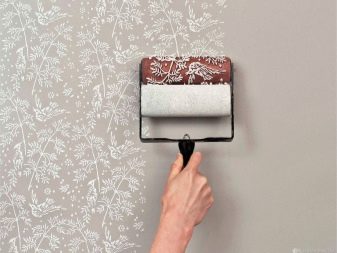Paint on plaster: how to choose?
Manufacturers of building materials offer a wide range of paints and varnishes for plastering. The quality and duration of operation of the painted surface depend on the correct choice of products.
How to choose a suitable paint for plaster and what characteristics of the material should pay attention, and will be discussed in this article.
Special features
The process of painting the plaster is quite simple, but includes several important points that significantly affect the final result.
It is necessary to understand that it is necessary to start painting only after completion of all other procedures with plaster, and also after full drying of the surface.
Professionals recommend waiting at least 24 hours after applying the plaster, otherwise there is a risk of deformation of the surface.
The coating before painting should be filled with one mixture. Traces that differ in shade when applying different fillers may not paint over even after applying several coats of paint. Spots can also appear after uneven filling.
To begin with, it is important to take care of the convenience of the upcoming procedure by preparing the tools, without which no one expert starts working. For convenience, it is best to use rollers with a long pile, as well as a tray with special spikes.
Purpose
For the decoration of facades and painting walls indoors, different paints are used, as the requirements for them are different.
Paint on plaster is divided into two types - for internal and external works. It is quite possible to apply each of them with your own hands, without resorting to the help of craftsmen, thereby significantly saving the budget.
For interior work
Paint on plaster for interior work is an important component of interior design.Quality of a covering of ceilings and walls depends on the right choice. Currently, there are a large number of trains on the market, but it’s not easy to navigate them. For materials used indoors, vapor permeability and grit are important.
These paint products are considered durable due to the resin contained in the composition. The film formed after drying protects the pigment.
It is very convenient to apply a special non-drop paint on the plastered surface.. For example, for painting the ceiling it will be the ideal material. A special jelly has been added to the paint, due to which the composition is thicker and evenly distributed over the surface.
When choosing a material for interior work, it is important to consider some factors, such as humidity in the room, temperature variations, exposure to ultraviolet rays. For example, for walls in a garage or cellar, it is best to choose silicate or water-based compounds.
For the facade
Not every paint is suitable for exterior work. It must meet the following requirements:
- High strength;
- Wear resistance;
- Resistant to sunlight;
- Water resistant;
- Moisture resistance;
- Frost resistance;
- Fire resistance;
- Economical consumption of material.
The main purpose of the coating is to enhance the performance of the plaster.
High-quality paint has a thick texture and gradually becomes liquid when agitating.. This is necessary for uniform application of the composition.
Before buying you need to carefully study the information on the packaging of products. Paints are different from each other in terms of temperature, humidity, degree of environmental friendliness and shelf life.
To date, the following exterior paint on the plaster for exterior work:
- Silicate;
- Based on cement;
- Acrylic;
- Silicone;
- Limy.
By the appearance of the surface facade materials are glossy and matte. Glossy have a bright and saturated color, matte differ restraint, but perfectly hide the flaws of plaster.
Species
As mentioned above, there are many types of paint on plaster. The compositions of the solutions cover the plastered surface with a protective layer,thus giving strength plaster or cement plaster. On the basis of certain factors, paint is selected on one basis or another.
Water emulsion paint
It is considered one of the most popular and has a number of important advantages:
- Affordable price;
- A variety of colors and shades makes it possible to choose the perfect option for each interior. For example, you can purchase a colorant and white paint and make the composition of the desired shade with your own hands;
- Easy to paint. All painting work can be done independently.
But this material has some disadvantages:
- Low moisture resistance. In conditions of high humidity detachments form on the surface;
- The coating should not be cleaned and washed.
Acrylic washable paint
It includes an acrylic composite, which provides resistance to adverse external factors. The coating is durable and resists deformation. The solution is made of water-based, therefore it is easily washed off hands and tools. It can be used in rooms with high humidity.
The painted surface is perfectly washable with a damp sponge,thanks to it color and purity will remain for many years.
Silicate paint
This type of solution has its own number of features:
- Resistance to precipitation;
- Does not deteriorate under the influence of ultraviolet rays, so the facade remains bright for a long time;
- Vapor permeability
Silicone paint
This species is known for its high strength and best performance. The surface painted with silicone paint repels dust and moisture. The facade can be washed an unlimited number of times, without worrying about coverage.. The only drawback of such solutions is the high price.
Alkyd and oil paints
Dyes on this basis are distinguished by rich shades, durable layer and durability, but with all the advantages they have their drawbacks. These include the high cost of material, unpleasant smell and high consumption.
If there are metal parts on the walls, then they need to pick up special paints, such as electrically conductive and flame retardant.
Base Type
Manufacturers of paints and varnishes, looking at the trends of modern design, began to produce paint with different effects.Thus, it became possible to apply structural patterns on flat walls and ceilings.
There is a unique type of finish - Venetian plaster. It is used exclusively indoors. It is made with imitation under a stone, for example, malachite or granite. There are two types of Venetian plaster - relief and smooth.. Relief contains small granules and therefore the surface becomes textured. Smooth also allows you to achieve the original game of light. Due to this, it visually gives the impression that the wall is made of pure marble.
Venetian plaster can be painted in any color. For best results, you can use a couple of shades at once. An indispensable condition for painting - ideally plastered surface.
On sale you can find plaster with the effect of grain. It hides the unevenness of the coating. This type of plaster can also be colored. For a beautiful effect after applying a single layer of paint on the surface it is treated with a wet sponge.
Staining textured plaster has some nuances.In the case when textured and smooth elements are combined on the plastered wall, then they begin to work with the textured one. Smooth patches are stained after the remaining surface has dried.
If you do not take into account this fact, when painting the entire coating, the loose parts of the plaster will flake off and adhere to smooth elements. When applying the second coat of paint, this rule is not necessary to follow.
In order to add shine to the surface, beeswax can be applied to painted plaster.
How to calculate the material?
One of the important points when choosing paint on plaster - counting material consumption.
To calculate the consumption of facade paint per 1 square. m, you need to perform simple mathematical calculations. Initially, it is necessary to find out the area of each wall of the house and multiply by their number. Then subtract the total area of the door and window openings from the resulting wall area. The final result is multiplied by the flow rate indicated on the package with the material. In the case of drawing several layers, the result is multiplied by their number.
How to apply?
If the base after applying the plaster was fragile, then it is important to strengthen it with a colorless primer.After that, proceed to the process of painting the walls. Paint cans are well stirred, adding color if necessary. In an inconspicuous area, test staining is carried out to determine whether the resulting color is suitable.
Then, using a roller or a paint brush, the plastered walls are covered in two layers so that all the depressions and irregularities are impregnated with the composition.
If the solution is applied with a roller, then painting is carried out from the bottom up. If with a brush, then in a vertical or horizontal direction. After finishing the paint work, the wall is left to dry.
Beautiful examples
In the recent past, plaster was used only for leveling walls. Now, interior designs are full of beautiful examples of painting plastered surfaces.
One of the common applications is to paint the plaster in two colors. To do this, you can combine with each other two neutral colors, for example, white and black.
The gradient in the interior looks very beautiful and stylish when different shades of the same color palette are combined in intensity.
Often, bright colors are chosen for the base layer, such as saturated turquoise or burgundy, and the second layer is gold or bronze.
First, one tone is applied to the surface with a roller, leaving it to dry for 2-3 hours. After a time, the second is applied, barely touching the protruding areas of the coating.
To simplify the process of staining, you can add to the solution of plaster color of the selected shade.
The original idea of creating a plaster from aqueous emulsion paint is waiting for you in the next video.
